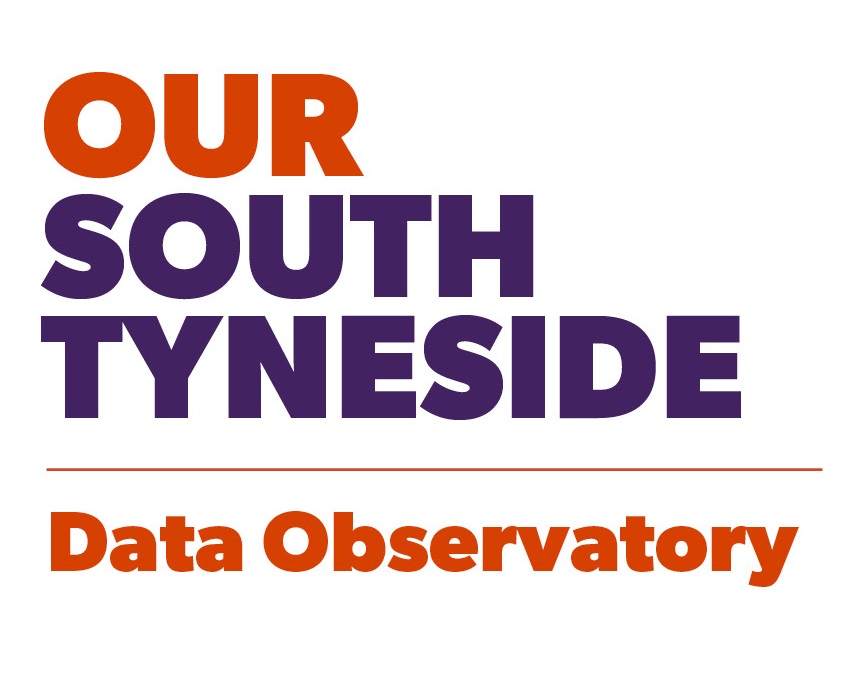Laura Rigon, a Data Analyst in Public Health, has recently done a deep-dive into some data about physical activity in South Tyneside. Take a look at what she’s found…
Physical activity is vital
Moving our bodies regularly is important at any age. According to the NHS and World Health Organisation, staying active on a weekly basis can help lower the risk of illnesses like diabetes, heart disease, and dementia. Physical activity can also help our mental health, especially around depression and anxiety, as well as boosting our self-esteem, mood, and sleep quality.
Public Health England argue that this is particularly important because 1 in 3 adults in England have a long-term health condition and they are twice as likely to do less physical activity. Through staying active and taking part in sports and exercise, people can help manage their symptoms while also helping to prevent future health issues.
Active Lives Survey (ALS)
One way we can understand physical activity is through the Active Lives Survey (ALS).
This is an annual survey by Sport England. It measures how active people in England are. Data on weekly physical activity is collected every year in November from people across the country. It considers 150 minutes or more of sports and exercise a week as “active”, and 30 minutes or less a week as “inactive”. It covers a wide range of activities, too. This includes activities like walking and cycling (for both travel and leisure), sports like tennis and cricket, exercise like gym workouts and yoga, several types of dance and water sports, and recreational activities like hiking and fishing.
The ALS can help us to understand physical activity in relation to local places and populations better, allowing us to break down the data connected to different factors. This includes (but isn’t limited to) people’s age, gender, education, work status, ethnicity and race, faith, social status, and disability. This type of information is important as these factors can influence people’s physical activity, behaviour, and health.
What’s happening in South Tyneside?
Looking at the data, the ALS highlights lots of interesting information about people’s physical activity in South Tyneside.
We can see that younger people tend to be more active than older people. In the most recent survey (November 2022-2023), about half of the respondents (53 people, 52%) aged 55 years and over said they were physically active. In comparison, nearly two-thirds of younger participants (38 people, 64%) aged between 25 and 35 years of age were physically active.
There are sex differences around physical activity too. From November 2015 to November 2019, men were more likely than women to be physically active. This difference, however, closed during November 2020 to 2021, with 58% of both men and women (283 people in total) reporting similar levels of sports and exercise. This trend has continued to the most recent survey (November 2022-23).
ALS data also shows that people with a disability or a long-term health condition are less active than those without a disability. The data shows that between November 2017 and November 2020, 32% to 48% of people with a disability or long-term health condition were physically active. In contrast, over half of those without such conditions reported weekly physical activity in the same time period.
Social factors can also give us a more in-depth picture of health and physical activity in South Tyneside. For instance, since the first survey in November 2015-16, at least 60% of those in employment have continually reported that they are physically active each week. In contrast, less than half of retired people report being physically active each year, although in 2018-19, this reached 60% (76 people). Reduced physical activity in retirement may be linked to mobility, health, and age.
There are also links between education and physical activity, but over the years (2015-2023) between 50% and 70% of all respondents with any level of qualification reported weekly physical activity.
Let’s get moving!
What does this mean for South Tyneside? Whether it is playing football with friends at South Marine Park, creating spaces for people to take part in activities as a neighbourhood with Groundwork, developing inclusive schemes at the leisure centres through memberships and concessions, or providing safe spaces for sports and exercise for our vulnerable or marginalised groups through community partnerships, such as Womens Health in South Tyneside (WHiST), North East Young Dads and Lads (NEYDL) and Apna Ghar, there are sports and exercise opportunities, services, and classes for everyone.
More than this, data like the ALS, is vital for places like local authorities and their partnerships as it helps them to do work and develop initiatives which will improve the health and wellbeing of residents and the wider local community. They do this by offering various physical activity events, initiatives, and services, which can positively impact and improve people’s health and well-being. These schemes can also help people with their education, skills and abilities, as well as support social relationships in the local community. The positive benefits of sports and exercise can also be seen more broadly, helping to reduce healthcare costs, generating economic activity, and providing valuable opportunities for fostering community cohesion and wellbeing.

